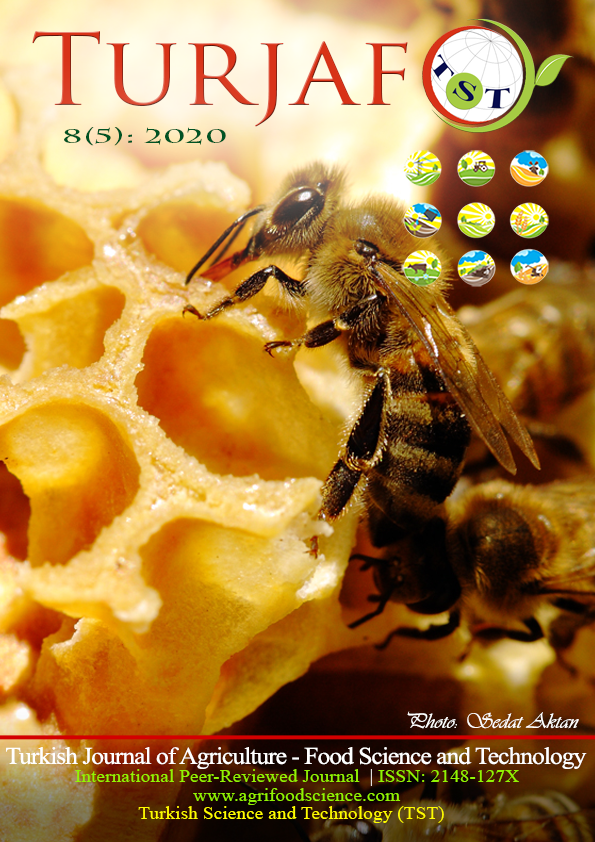Micropropagation of Spathiphyllum with Temporary Immersion Bioreactor System
DOI:
https://doi.org/10.24925/turjaf.v8i5.1195-1200.3364Keywords:
Plantform, Temporary immersion system, Cultivation, Micropropagation, BioreactorAbstract
Turkey has an advantageous position for the cultivation of ornamental plants for reasons such as favourable conditions, proximity to markets and cheap labour. In addition to classical production methods, biotechnological methods are used to meet the demand of Spathiphyllum, which is an indoor plant. In recent years, it has been started to be used in micropropagation of plants called temporary immersion system as well as classical tissue culture systems. Within the scope of the present study, micropropagation and rooting studies were carried out using classical tissue culture system and Plantform, one of the temporary immersion bioreactor systems, in the commercially important Spathiphyllum ‘Chico‘ genotype. MS medium containing 1 mg L-1 6-Benzylaminopurine (BAP) was used in micropropagation experiments established in both systems, and Murashige and Skoog (MS) medium containing 1 mg L-1 Indole-3-butyric acid (IBA) was used in rooting experiments. The results of micropropagation and rooting have been found to be successful in both systems. As a result of the screening with Sequence-Related Amplified Polymorphism (SRAP) markers, it was determined that there were no genetic differences in the plants that were reproduced and rooted.Downloads
Published
23.06.2020
How to Cite
Aka Kaçar, Y., Dönmez, D., Biçen, B., Erol, M. H., Şimsek, Özhan, & Yalçın Mendi, Y. (2020). Micropropagation of Spathiphyllum with Temporary Immersion Bioreactor System. Turkish Journal of Agriculture - Food Science and Technology, 8(5), 1195–1200. https://doi.org/10.24925/turjaf.v8i5.1195-1200.3364
Issue
Section
Research Paper
License
This work is licensed under a Creative Commons Attribution-NonCommercial 4.0 International License.









